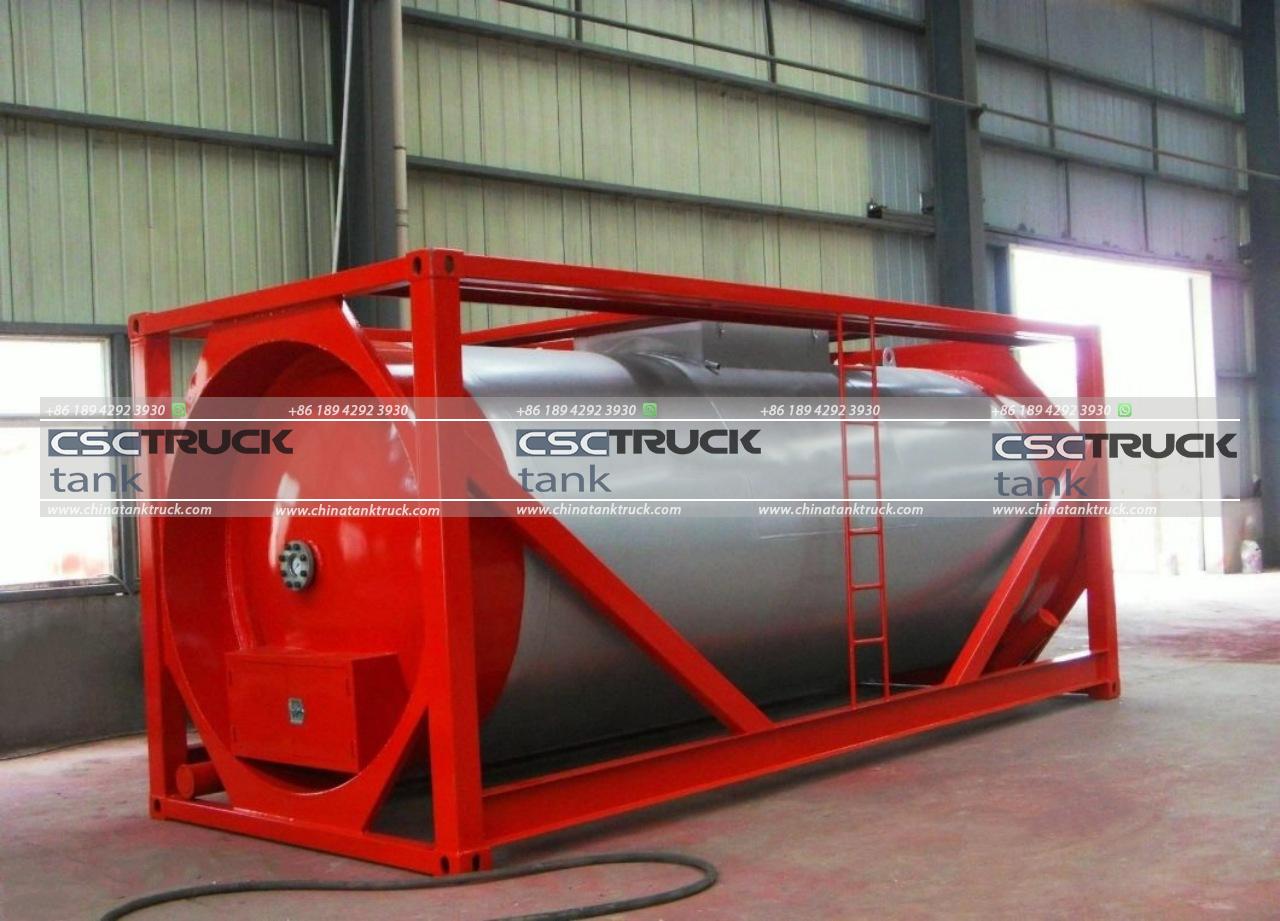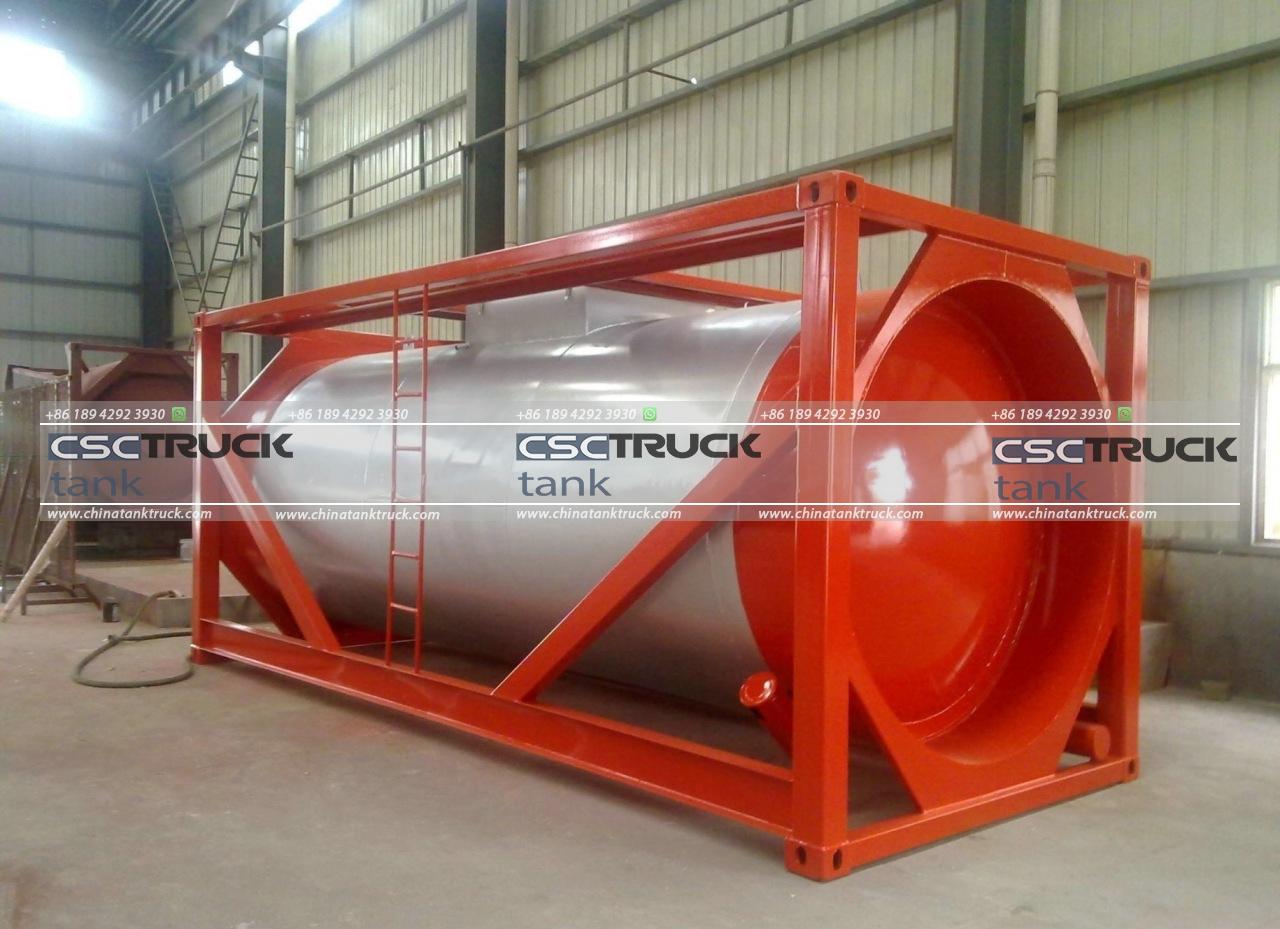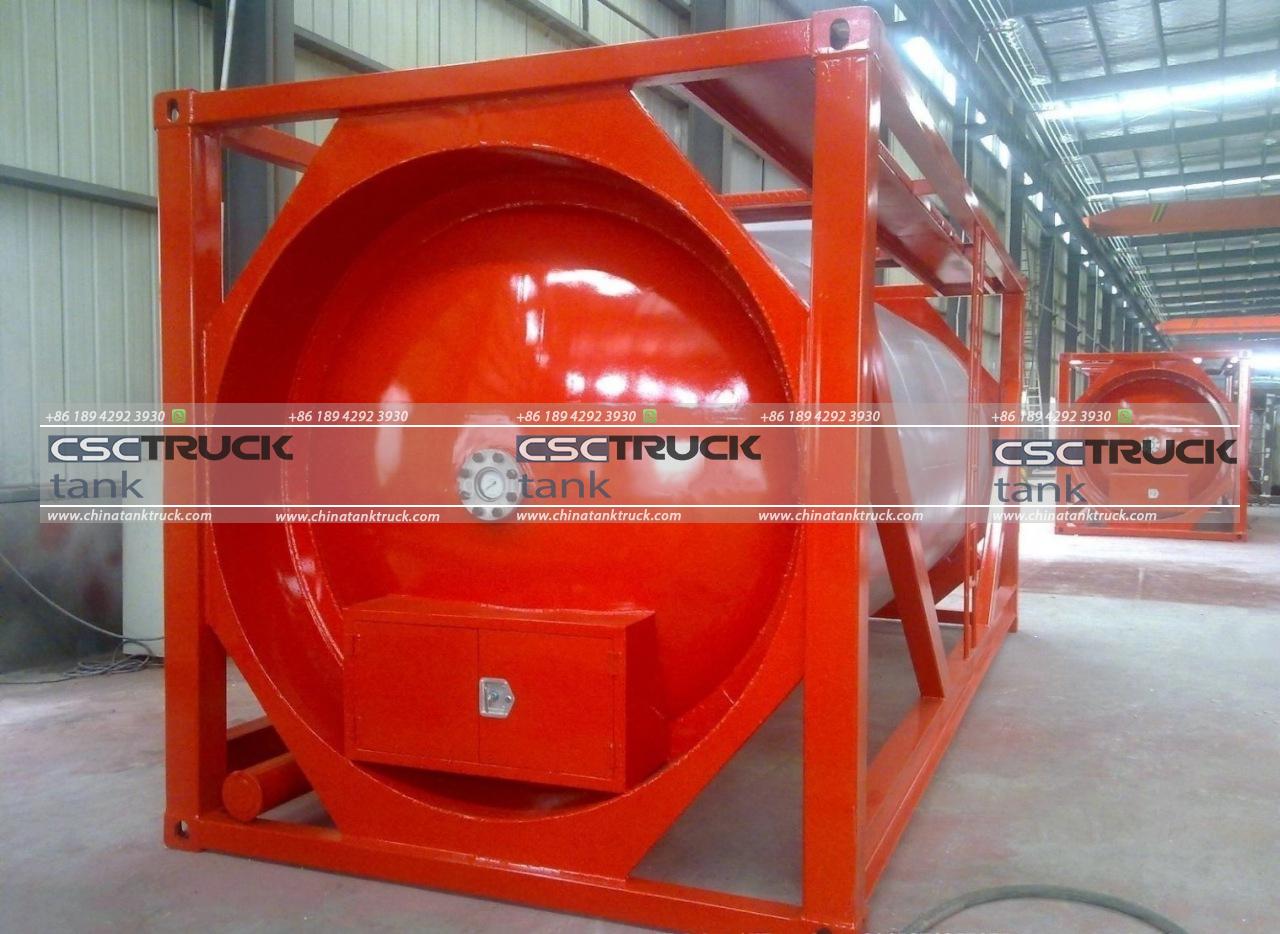When Was the ISO Tank Invented?
In the complex world of global logistics, the ISO tank has become an indispensable component for the efficient transportation of liquids and gases. This innovation has dramatically transformed how industries handle bulk liquids, from chemicals to food-grade substances. But when was the ISO tank invented, and what led to its creation? To fully appreciate the ISO tank’s impact, it’s important to delve into its history, technological evolution, and the significance of its invention.
The Genesis of ISO Tanks
The ISO tank, or ISO tank container, finds its origins in the mid-20th century, a period marked by rapid advancements in global trade and transportation. Its invention was driven by the need for a standardized and efficient method to transport bulk liquids and gases across international borders.
The story begins in the 1950s, a decade of profound transformation in the shipping industry. The world was witnessing unprecedented levels of international trade, and there was a growing demand for more efficient and secure methods to transport goods. Traditional methods of transporting liquids were often inefficient and prone to contamination or spillage. Tankers, for example, were large, specialized ships that could only handle a limited range of liquid cargoes, and their use was constrained by their size and the logistics of their operation.
Recognizing these challenges, industry leaders and engineers sought a more versatile solution. The key breakthrough came in 1968 when the International Organization for Standardization (ISO) introduced the standardization of tank containers. This development was part of a broader effort to standardize shipping containers, which had already revolutionized the transportation of dry goods through the introduction of intermodal containers.

The Role of ISO in Tank Standardization
The ISO, founded in 1947, is an independent, non-governmental international organization that develops and publishes standards to ensure quality, safety, and efficiency. The ISO’s role in standardizing tank containers was crucial, as it provided a uniform set of specifications for tanks used in intermodal transport.
The introduction of the ISO tank container standard in 1968 marked a significant shift. ISO tanks were designed to be robust, versatile, and compatible with various modes of transport, including ships, rail, and trucks. This standardization meant that a tank container could be easily transferred from one mode of transport to another without the need for additional handling or repackaging, thus reducing the risk of contamination and spillage.
Design and Specifications
An ISO tank container typically consists of a cylindrical stainless-steel tank mounted inside a protective framework. The tank’s construction is designed to withstand high pressures and harsh conditions during transit. The ISO standard specifies various sizes and configurations, with the most common being the 20-foot and 40-foot containers, although other sizes are also available.
The standardization process involved rigorous testing and the establishment of uniform design criteria to ensure that ISO tanks could handle a wide range of liquids and gases safely. These specifications cover aspects such as the tank’s material, wall thickness, pressure ratings, and safety features. The result is a versatile and reliable container that has become the industry standard for transporting bulk liquids.

Impact on Global Trade and Industry
The invention and standardization of ISO tanks have had a profound impact on global trade and industry. By providing a standardized method for transporting liquids, ISO tanks have significantly improved the efficiency and safety of bulk liquid transportation.
1. Enhanced Efficiency: Before the advent of ISO tanks, transporting liquids often involved complex and time-consuming processes. ISO tanks streamlined these processes by allowing for seamless transfers between different transport modes, reducing transit times, and lowering costs.
2. Improved Safety: The robust design of ISO tanks ensures that hazardous or sensitive liquids can be transported safely. This has been particularly important for industries dealing with chemicals, pharmaceuticals, and food products, where contamination or spillage could have serious consequences.
3. Environmental Benefits: The efficiency of ISO tanks also translates into environmental benefits. By reducing the need for additional packaging and minimizing the risk of leaks or spills, ISO tanks contribute to a reduction in waste and environmental impact.
4. Global Trade Integration: The standardization of ISO tanks has facilitated international trade by providing a universally recognized method for transporting bulk liquids. This has helped integrate global supply chains and expand market access for many industries.
Technological Advancements and Future Trends
Since its inception, ISO tanks have undergone continuous technological improvements. Innovations in materials, design, and safety features have enhanced their performance and adaptability. For example, advances in insulation and temperature control have allowed ISO tanks to transport temperature-sensitive products more effectively.
Looking to the future, the ISO tank industry is likely to see further advancements driven by technological and environmental considerations. Developments in smart technology, such as real-time monitoring and tracking systems, could enhance the efficiency and safety of ISO tanks even further. Additionally, there is a growing focus on sustainability, with efforts to reduce the carbon footprint of tank manufacturing and transportation.

Conclusion
The invention of the ISO tank in 1968 marked a pivotal moment in the history of global logistics and transportation. By standardizing the design and specifications for tank containers, ISO tanks have revolutionized the way bulk liquids and gases are transported, offering significant improvements in efficiency, safety, and environmental impact.
As global trade continues to evolve and industries demand more sophisticated and sustainable transportation solutions, the ISO tank remains a critical component of the logistics infrastructure. Its history is a testament to the power of standardization and innovation in driving progress and enhancing global commerce.

